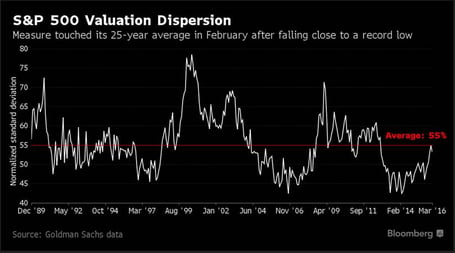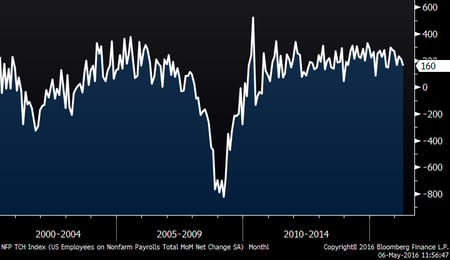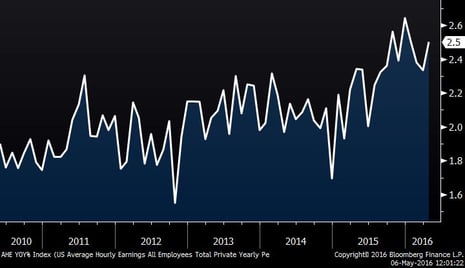SpaceX Attempted Landing at Night
A lot of readers were interested in the SpaceX landing I showed last time. Last night, they tried to land another autonomous rocket on a drone barge in the middle of the Atlantic Ocean – this time at night. Watch Here to see what happened. If you are busy, skip to the: 40 second mark, which is where the exciting part begins. This is revolutionary “stuff” and I would bet that 0.1% of America watched this live.
Valuation Dispersion
I have blogged a few times about the bifurcation that currently exists in the stock market and how it can be misleading to look at the market valuation as a whole. In the past year or so, I have observed that valuation gaps in the market, particularly between sectors have increased. I stumbled across the chart below from Goldman Sachs which calculates the actual dispersion of the valuation of the S&P components. As you can see, it has risen back to “average” levels in the past year. Spikes in this measure have coincided with bear market events.

ETF Influence
Looking at the above chart, getting back to the long-term average would seem increasingly difficult since the rise of ETFs theoretically should reduce valuation dispersion. Ironically, while ETFs are generally considered “efficient market” vehicles, their prominence has introduced a new market inefficiency. With so many sector and theme based ETFs, market participants, in increasing numbers are just buying sectors and themes. In bull markets, this means that the worst companies within these ETFs are receiving inflows and therefore likely have inflated valuations when they should not. Conversely, in strong downturns (think of energy stocks last year), they “throw the baby out with the bath water” and sell everything, including the best companies. This introduces new opportunities for those who invest in individual stocks, but it also means that valuations for certain stocks can go higher or lower than analysts might expect.
Non-Farm Payrolls
April Non-Farm Payroll data came out today, initially spooking the market because it came in at 160K versus an expected 202K. Looking a little closer (below) one can see that this is a jagged series and that today’s reading was within the range it has been in during the recovery of the last five years…so today’s miss is no big deal. It is also interesting to see in this chart just how severe and quick the downturn in 2008 was.
Non-Farm Payrolls (Since 2000)

Wage Growth
The chart below shows wage growth, which the Fed watches closely. As you can see, this series is not spiking, but is definitely trending upward.




